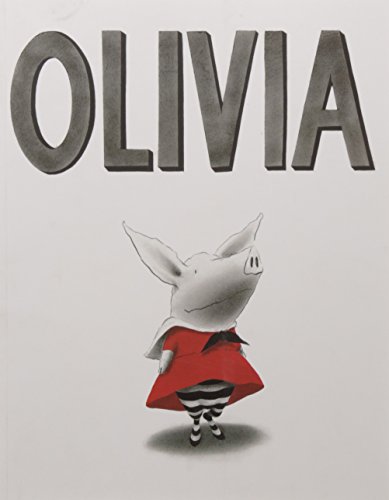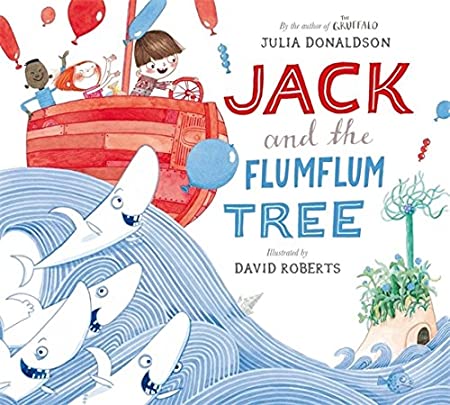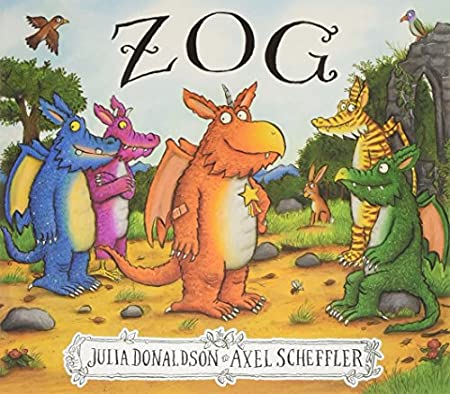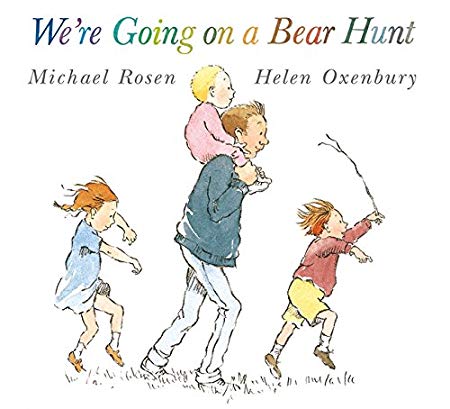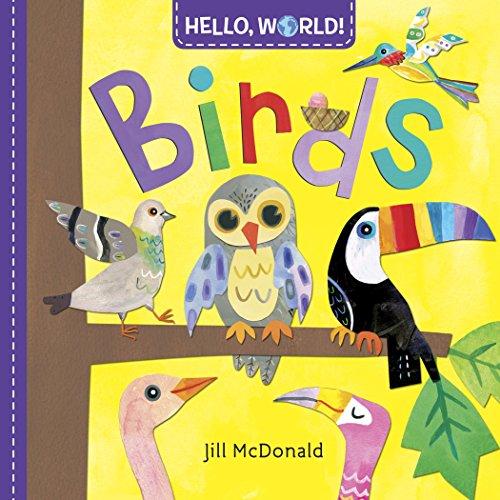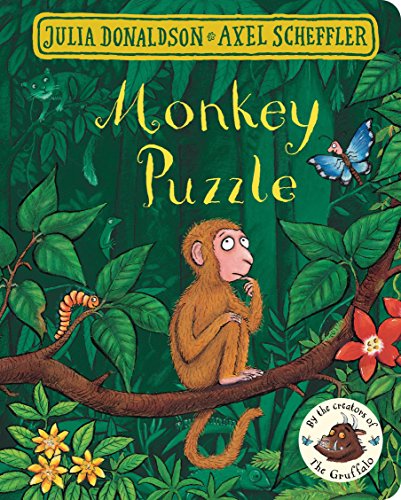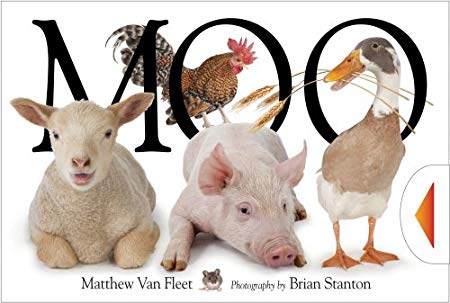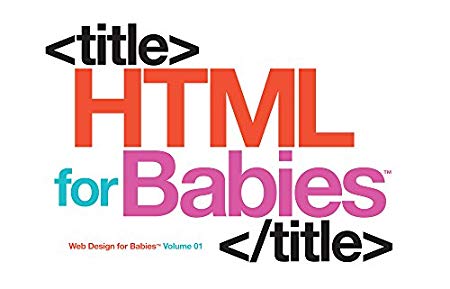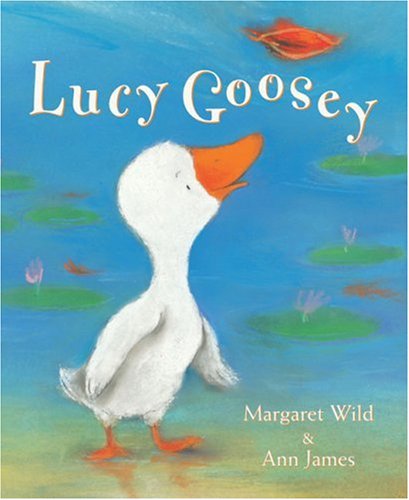In the mainstream narrative grandparents everywhere are pining for their socially distanced grandchildren. The Emerging Artist and I have meanwhile been quietly sailing against the current, with more contact than ever, pending our little one being rid of flu-like symptoms. She comes to our place three days a week, and our small collection of children’s books has been much called on. When Gleebooks at Dulwich Hill reopened recently, we fell on its non-virtual shelves with cries of joy and came away with arms full.
Here are some of the old and some of the new.
Libby Gleeson (writer) and Jedda Robaard (Illustrator), Soon (Little Hare 2020)
This is brand new and has already been requested/demanded many times. It may be a mistake to give a toddler who is obsessed with babies a book about waiting for a new baby to be born, but if so it’s a mistake that’s hard to resist. We wait, wait, wait. We clean, clean, clean. We paint, paint, paint. And just about all the mother mouse has to say on the subject is, ‘Soon.’ You don’t need me to tell you the ending, but I will say that it is emotionally very satisfying. Libby Gleeson’s incantatory text and Jedda Robaard’s calm, charged images make this a joy to read together. (The birth itself, like the devouring of the apple in Grug and the Big Red Apple, happens offstage.)
Ian Falconer, Olivia (Simon & Schuster 2000)
Olivia is a great artist and dancer trapped in the body of an anthropomorphised pig and the persona of a six year old girl. The back-cover praise from dame Joan Sutherland, Mikhail Baryshnikov and David Hockney, at least one of them written posthumously, are just one of the delights for adult readers. A 2 and a half year old seems to be delighted as well. Olivia argues, paints, dances, fusses about her clothes (which I’m glad to report are all bright red, no pink in sight), and is generally fabulous on pages with acres of white space.
Julia Donaldson (writer) and David Roberts (illustrator), Jack and the Flumflum Tree (Macmillan Children’s Books 2011)
We may have gleaned this from a street library a while back. In it the enormously prolific Julia Donaldson teams up with illustrator David Roberts for a quest story. Jack’s granny has spots and the only cure is the fruit of the faraway flumflum tree. Jack and friends sail away, face many challenges in which the contents of a patchwork sack come in handy. It bounces along, and ends with a terrible pun. I think Ruby likes it because it’s got sharks in it, and they’re almost as interesting as the big bad wolf or a bear.
Cressida Cowell (writer) and Neal Layton (illustrator), Emily Brown and the Thing (Hodder CHildren’s Books 2007)
Cressida Cowell wrote How to Train Your Dragon, which I haven’t had the pleasure of reading yet. She has also created a whole series of Emily Brown books: in this one, Emily Brown and her old rag rabbit Stanley keep trying to go to sleep but are kept awake by a weird creature, a ‘Thing’, who demands that they perform great feats to help him. They perform the feats – retrieving his cuddly (we say ‘blanky’) from the Dark and Scary Wood, fetching a glass of milk from the Wild and whirling Wastes, and so on. In the end Emily refuses to pander any more, and everyone gets a good sleep. We love this one.
And now a couple more Julia Donaldson titles. Is anyone else finding that her books are multiplying like mice? Nice mice, of course.
Julia Donaldson (writer) and Axel Scheffler (illustrator), The Smartest Giant in Town (Macmillan Children’s Books 2002)
Here Julia Donaldson is teamed up with Axel Scheffler, the co-creator of her most famous book, The Gruffalo.
This is a tale told in prose that allows the reader-aloud to burst into song at the end of each of its episodes. A scruffy giant wanders into town and buys a smart new outfit. Then, in fairytale rhythms, he gives one item of flash clothing after another away to animals in distress. In the end, he retrieves his scruffy old clothes from the garbage outside the clothes shop, and is reconciled to his scruffy status. But them the animals he has helped turn up and celebrate his kindness. This is amiable and charming. The text is beautifully honed, and the illustrations are full of unexpected joys – other giants can be seen among the rooftops and characters from fairytales pass the giant on the road without comment.
Meanwhile, the parents had felt the need for variation and bought a number of books online, among them:
Julia Donaldson (writer) and Axel Scheffler (illustrator), Zog (Scholastic 2016)
Told in the bouncing rhyme that I think of as Julia Donaldson’s typical mode, and which is a lot harder to do than it looks, this one plays sweet variations on the dragon theme. As young Zog learns all the basic dragon skills he is helped out by a girl who happens to turn up just as he gets into trouble. When he has to capture a princess, well, guess who turns out to be one? And when a knight comes to rescue the princess, I don’t think you’ll guess what happens, but it’s a most satisfactory ending with a most satisfactory variation on the tale’s recurring refrain.
Besides the books, there’s the scooter, the dolls, the trampoline, the cooking, the painting, the songs and the athletic challenges – all making worthwhile the weariness come 6 o’clock
Soon is the eight book I’ve read for the 2020 Australian Women Writers Challenge.


